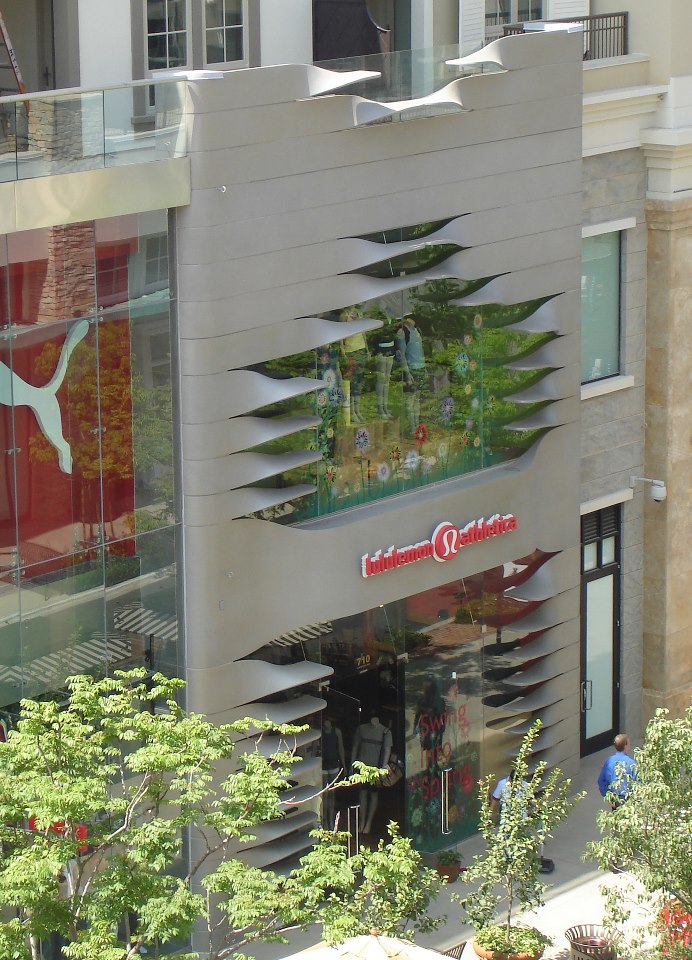Architectural GFRC (Glass Fiber Reinforced Concrete) is an innovative material increasingly becoming more and more widely used in modern construction. It is best known for its durability, design flexibility, and environmental benefits, along with its lightweight nature and beautiful custom designs.
These are not the only benefits of GFRC, however. One of the lesser-known advantages of GFRC is its effectiveness in pest management, offering yet another reason to consider GFRC as your primary choice for design materials.
Understanding Architectural GFRC and Pest Management
GFRC is a composite material made of cement, fine aggregate, water, chemical admixtures, and glass fibers. This composition offers several properties that contribute to pest control in building structures. Some of the many properties that make GFRC an effective barrier for pests include:
- Non-Porous Surface – GFRC has a non-porous surface that prevents the infiltration and nesting of pests. Unlike traditional materials that may harbor insects or rodents in cracks or crevices, GFRC provides no such hideouts.
- Chemical Resistance – The material is resistant to chemicals, making it less susceptible to damage from pest control treatments and increasing its longevity.
- Durability and Strength – GFRC’s robustness makes it resistant to damage from pests, reducing the likelihood of infestations that can compromise structural integrity.
GFRC also doesn’t retain moisture, which reduces the amount of buildup that may attract pests. Also, unlike wood, it cannot be eaten by termites. GFRC’s inherent properties offer a long-term solution to pest problems, reducing the need for frequent pest control interventions. While providing superior pest resistance, GFRC is also cost-effective in the long run due to reduced maintenance and pest control costs.
Architectural GFRC – A Versatile Solution in Modern Construction
Its pest management capabilities can also be argued to be an additional environmental benefit as well. As a green building material, GFRC contributes to sustainable construction practices, limiting the environmental impact of both the building materials and pest management methods.
Apart from its role in pest management, GFRC is renowned for its versatility in design and application. It can be molded into various shapes and textures, offering architects and designers creative freedom while ensuring structural integrity and durability.
GFRC’s integration into modern construction is, rightfully, almost entirely due to its versatility as an architectural material. But it’s also useful to know that you’re choosing a material that has many other benefits as well. By choosing GFRC for construction projects, builders and architects contribute to creating safer, more durable, and pest-resistant structures. For more information on the applications and benefits of Architectural GFRC in construction and pest management, please contact GC Products LLC, today. We are dedicated to providing innovative solutions that meet the evolving needs of modern construction.


